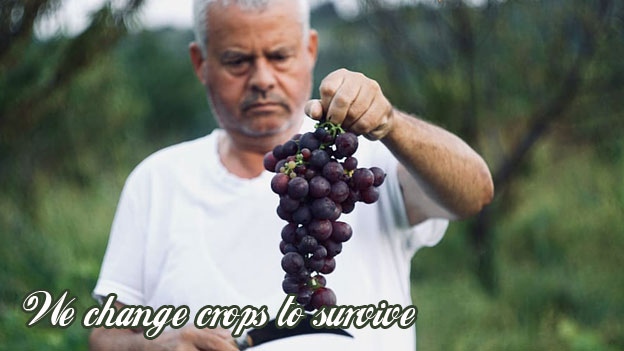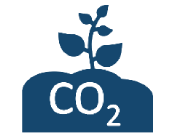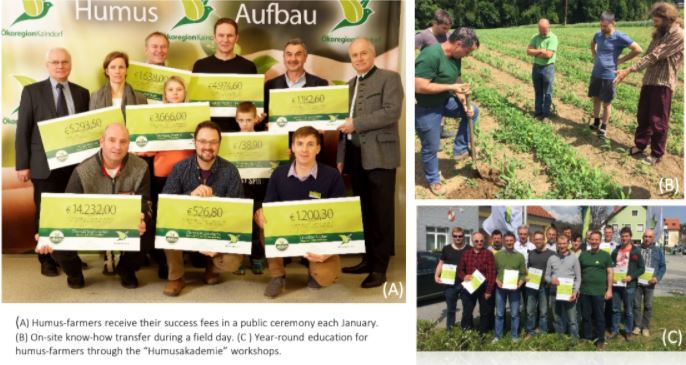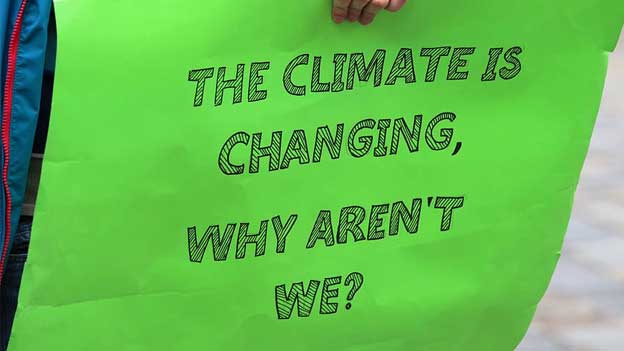On December 18th, 2007, the United Nations General Assembly established October 15th as the International Day of Rural Women.
Today, the CONSOLE project partners want to pay this small tribute to all those women who with their contribution to rural and agricultural development, support the eradication of poverty and the improvement of food security.
The role and condition of rural women
According to UN, rural women make up 43% of the agricultural workforce, and in their daily work of tilling the land and planting seeds; they are helping to ensure food for their communities, as well as providing food to the nations.
In the specific case of Europe, women represent 40% of the workers in the family farm and 37% of the total workers in the field. In addition, women manage on average 30% of European farms and own 27% of farms in the member countries of the European Union.
However, despite their work and productivity, they have little or no access to land, agricultural materials, credit, markets, etc., as the male sector enjoys doing the same work. Furthermore, they do not have equitable access to education, training, infrastructure and services such as water.

According to Fernandez Aguerri (2002), the functions of women in rural areas are:
- Productive function. The participation of women is located in different socio-professional positions with different levels of employment and degree of dedication to it;
- Social function. Maintaining the family unit in the rural environment, assuming the responsibilities of family care (elderly people, sick relatives, and children in rural areas without proximity services);
- Cultural function. Maintaining and ensuring, in many cases, the oral transmission of culture and the conservation of the heritage of rural areas, without forgetting its indispensable role in the conservation and transmission of the gastronomic heritage of our peoples;
- Environmental function. In the development of their productive function, in addition to worrying about the maintenance of places and areas in their surroundings, they manage the rural space, keep the landscape alive and conserve resources.
They still face / suffer from discrimination in terms of political participation within their communities and their work is unpaid or less than that of their counterparts. In other words, they are neglected and in worse conditions than urban women and rural men.
That is why it is necessary to support them and create policies aimed at improving their situation in all areas.

European Policies
There is a clear concern in the European Union about equal opportunities in rural areas; being aware that women can promote the development of rural areas.
Among its policies, it has included the gender perspective in its rural development programs. All member countries are obliged to analyze the situation of women in rural areas and take the results into account in the process of creating public policies and development programs at the national and regional levels. Programs that go beyond increasing the number of working women, but rather that have an impact on all aspects of life in rural Europe.
Conclusions
The importance of the rural world justifies a detailed study of it, and of a group as important as women, who perform different functions (productive, social, cultural and environmental).
However, we must demand a policy of equal opportunities, which equates it to men in this area, and also an improvement of the environment itself that facilitates their personal and professional development. Both needs are known by the EU, which is proposing to the member states actions in this regard and has promoted initiatives that try to improve this situation.
Reference
Fernández Aguerri, M.J. (2002): “Retos y problemática de la mujer en el ámbito rural. El papel de las agrupaciones de este sector de población en el desarrollo rural”, Jornada Temática sobre Políticas de relevo generacional e incorporación de la mujer al mundo rural. Madrid. Noviembre.















